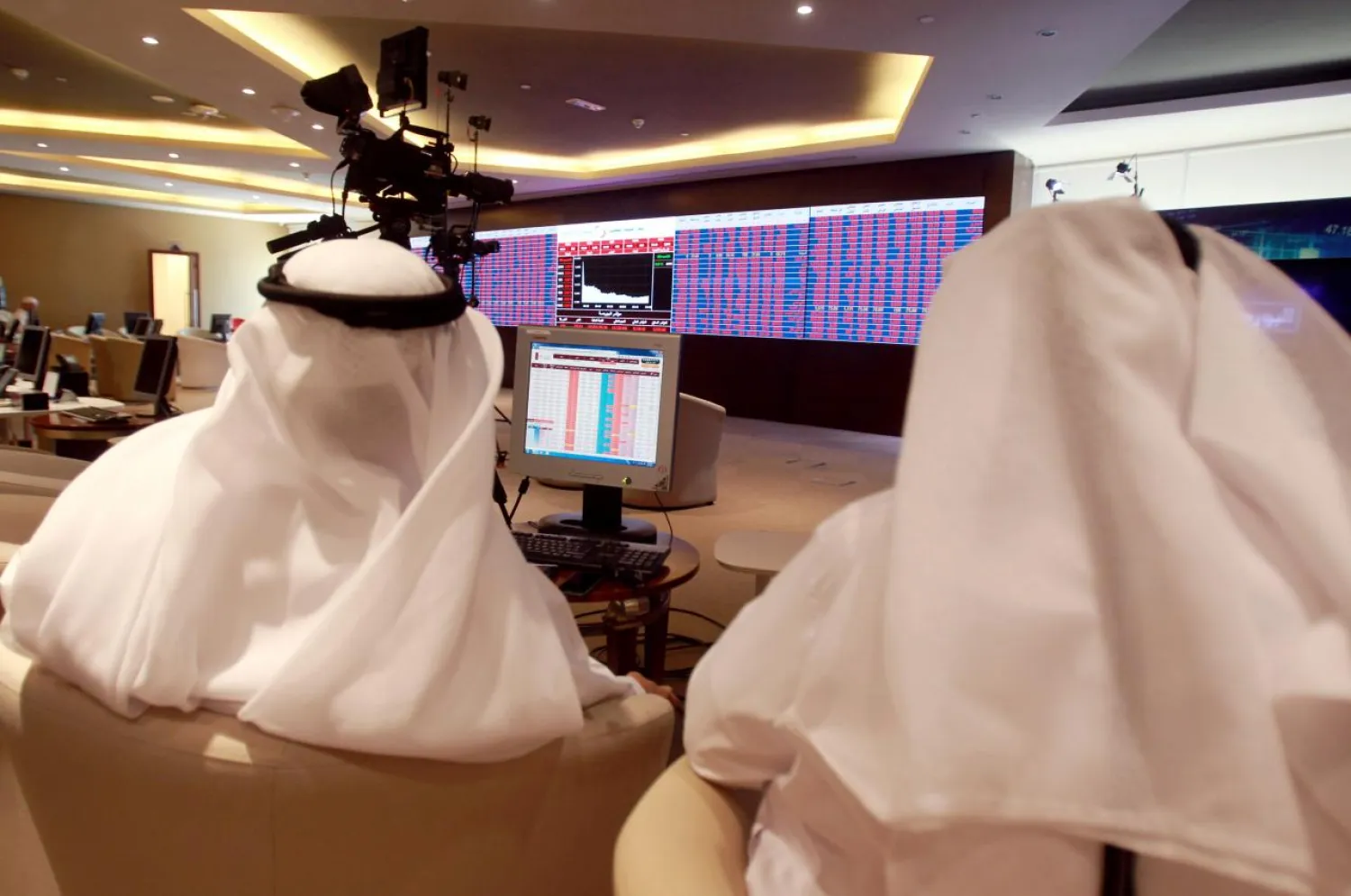The Qatar Stock Exchange (QE) index has seen a year-to-date drop by 21.8 percent. The market value of listed shares in Doha fell by about $33 billion, from $ 155 to $ 122 billion.
QE registered the lowest regional performance since the beginning of the year, losing seven out of 10 months in 2017.
The market's losses worsened in October as all indices edged lower and the 20-stock Qatar Index listed a staggering 1.8% of its value on a monthly basis, and closed at 8165 points after kickstarting 2017 at 10436 points.
Qatar's all-share index--which reflects a more comprehensive market performance-- witnessed further decline, falling by 3.5% last month alone. The market spread coefficient was weak.
The index of the most sectoral indicators fell by 10.9%. Real-estate came second with a decline of 9%, as all real estate stocks fell. Banking and financial services fell less than previously, with the sector index falling 1.6 percent last month.
The banking sector has seen financial inflows of about $30 billion since June of this year. After the boycott led by the four Arab countries of Saudi Arabia, UAE, Bahrain and Egypt, the volume of non-resident deposits declined by a total of $10 billion, while the volume of financing between foreign banks decreased by $18 billion.
The Qatar Investment Authority (QIA) is believed to have become the last resort for lending and stimulating deposits alongside the Qatar Central Bank, in an attempt to offset foreign funding withdrawals and to ease pressure from sovereign rating cuts.
An across-the-board selling in the market, whose year-to-date losses were seen at 22.13%, was stark.
The Total Return Index shed 0.24% to 13,628.31 points, the All Share Index fell 0.43% to 2,271.46 points and the Al Rayan Islamic Index by 1.11% to 3,168.24 points.
The consumer goods index shrank 1.25%, followed by realty (1.05%), industrials (0.67%), transport (0.5%), telecom (0.21%), insurance and banks and financial services (0.08% each).
GCC (Gulf Cooperation Council) retail investors were net sellers to the extent of QR0.51mn compared with net buyers of QR0.29mn.
GCC institutions’ net buying weakened to QR3.12mn against QR8.97mn on November 2.
The transport sector reported a 64% plunge in trade volume to 0.15mn equities and 82% in value to QR3.68mn but on a 28% expansion in deals to 143.
The industrial sector’s trade volume plummeted 55% to 0.65mn stocks and value by 7% to QR23.57mn, whereas transactions gained 19% to 446.
The consumer goods sector saw 44% shrinkage in trade volume to 0.1mn shares, 40% in value to QR4.98mn and 8% in deals to 135.
In the debt market, there was no trading of government bonds but a total of 10,000 treasury bills valued at QR99.93mn trade across nine deals.









